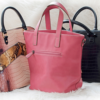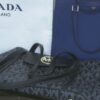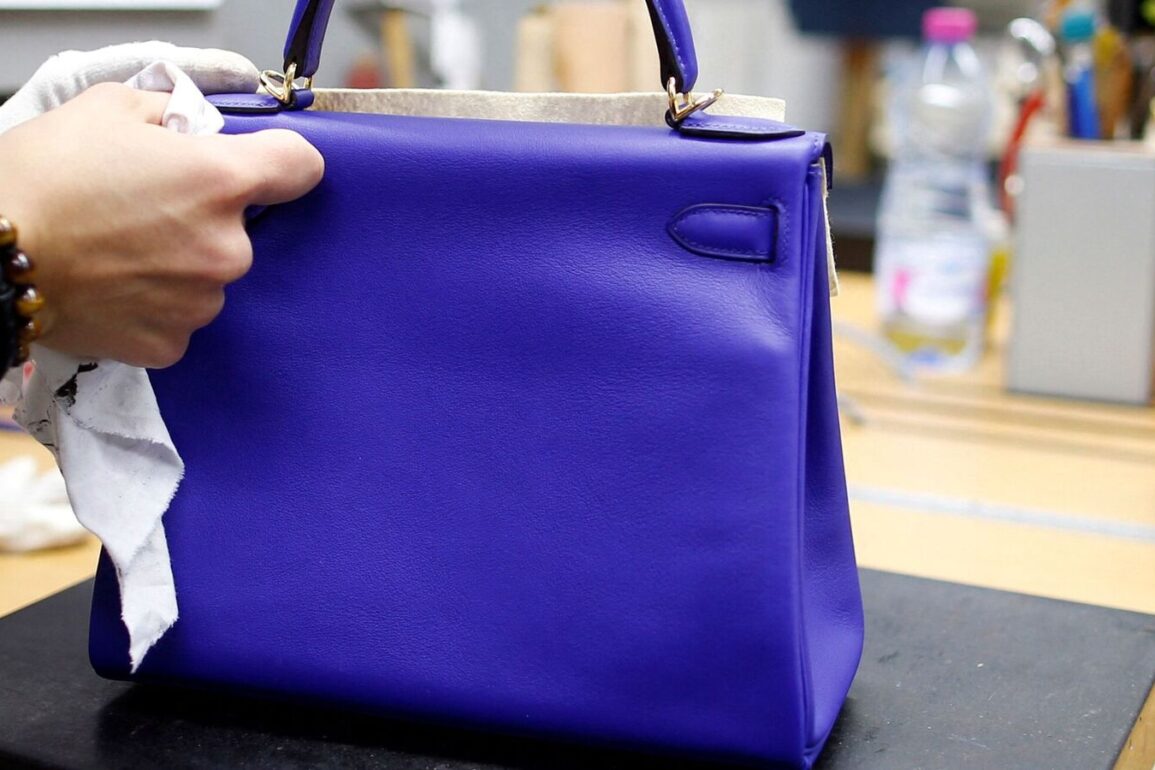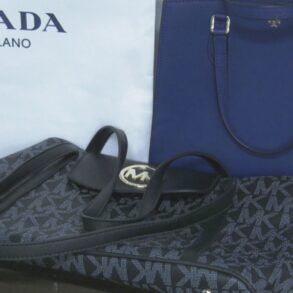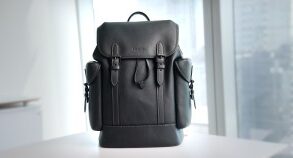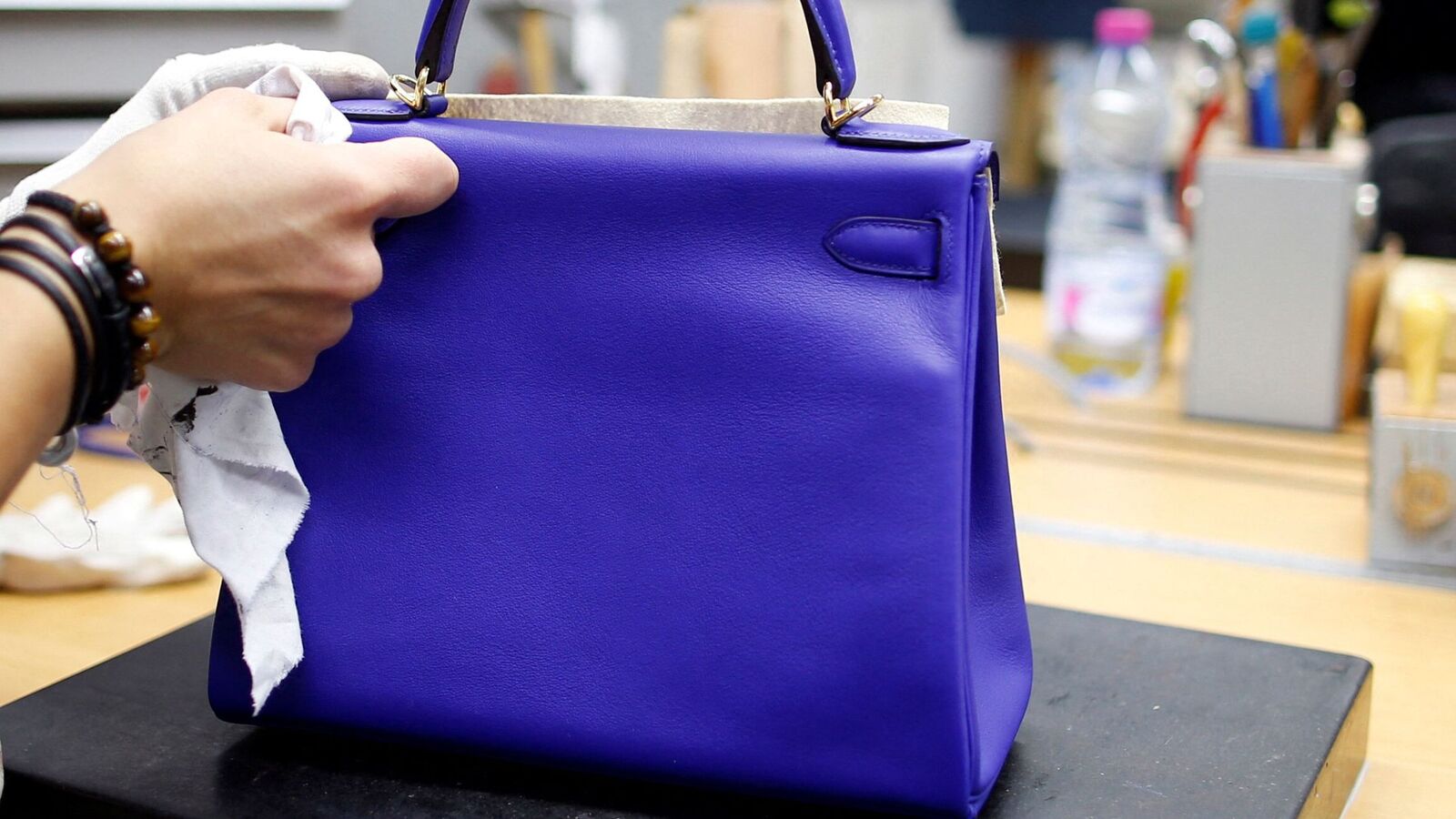
Shoppers have splashed out $1.3 trillion on new luxury handbags, clothes, watches and jewels over the past four years alone. At least some of that stuff will find its way onto secondhand websites. While in the past, unworn luxury goods would gather dust at the back of consumers’ wardrobes, the rise of online luxury resellers like The RealReal and Vestiaire Collective has made it easy for millions of people to sell their designer goods for cash.
Secondhand luxury products worth 45 billion euros, or $49.3 billion at current exchange rates, were sold worldwide in 2023, based on Bain & Company estimates. The resale market has roughly doubled in size in four years and is now equivalent to 12% of the value of the market for new personal luxury goods.
That is big enough for designers to sit up and take notice. Brands have legitimate worries that fakes may be passed off as the real thing on secondhand websites, some of which don’t have stringent authentication checks. But they also dislike how easy it has become for consumers to see which goods keep their value and which ones don’t. “I think brands are watching their resale value very closely,” says Sasha Skoda, The RealReal’s senior director of merchandising. “They are curious to figure out how they can get more data around it.”
For a handful of luxury companies, resale values are flattering as buyers pay up to avoid waiting lists. On average, used Hermès handbags are 25% more expensive than new ones, and scarce designs get an even higher premium. A basic Birkin 25 bag, which costs roughly $10,000 to buy new in one of Hermès’ U.S. boutiques, will set shoppers back $24,000 or more from major resale dealers like Privé Porter. Similarly, used watches made by Rolex and Patek Philippe sell at average premiums of 20% and 39%, respectively, based on data from WatchCharts.
But most labels show wear and tear at resale. Handbags made by Louis Vuitton lose 40% of their value on average when they are resold, according to data from The RealReal. Christian Dior’s bags almost halve in value.
Some investors are buying detailed data from the likes of WatchCharts to get cues about which stocks to purchase or avoid. For example, although Rolex, Patek Philippe and Audemars Piguet are all privately owned businesses, strong resale values are usually a good omen for Watches of Switzerland. The U.K.-listed luxury watch retailer gets 60% of its revenue from sales of the three coveted brands.
Resale data also provides early clues about whether or not brand makeovers are working. The secondhand value of goods from Italian luxury label Salvatore Ferragamo, which is in the middle of a revamp, has jumped on The RealReal over the past year. In contrast, Burberry’s average resale value has fallen 17%. This isn’t a good sign for the brand, which in late 2022 hired new creative director Daniel Lee to improve lackluster sales.
The top brands of Paris-listed luxury group Kering also look weak. It owns Gucci, Balenciaga and Bottega Veneta, whose used values have slipped 10%, 14% and 23% respectively over the past year.
The data can also reveal whether aggressive price increases, meant to make brands seem more desirable and exclusive, are having the intended effect. In the case of Chanel, the answer seems to be no. The privately owned French brand hiked the price of its popular medium-size Classic Flap bag by more than 70% during the pandemic. The bag’s secondhand price hasn’t kept up, widening the secondhand discount, though it is still narrower than for most peers.
While this kind of information can be valuable to investors, owning resale stocks themselves hasn’t paid off. Shares in money-losing The RealReal have fallen more than 90% since the company’s initial public offering in 2019.
For luxury companies, one question posed by the data is whether they can influence their resale values by intervening directly in the secondhand market. So far, this isn’t happening much. Gucci, Stella McCartney and Burberry all dipped their toes into it through partnerships with resale websites, but the moves proved minor or temporary.
Rolex is an exception. In late 2022, the Swiss watchmaker launched a certified preowned watch program that is turning out to be a savvy business move. Early signs are that shoppers are willing to pay extra for used watches that have been verified by Rolex.
A Rolex 126500 Daytona timepiece costs $15,100 to buy new. As the model is scarce, an unauthorized dealer can sell a used one for $32,300 according to WatchCharts estimates. However, a used Daytona sold through the Rolex certified initiative can fetch $37,000 or more.
Controlling the resale market this way can work for high-value, low-volume brands like Rolex. But clothing and handbag makers would need to buy back vast amounts of secondhand stock, which is likely to dilute their profits.
That leaves most luxury companies with no good answer to the booming resale market. Shoppers will continue to find bargains, and investors can unearth a treasure trove of data.
Write to Carol Ryan at carol.ryan@wsj.com
This post was originally published on this site be sure to check out more of their content.

